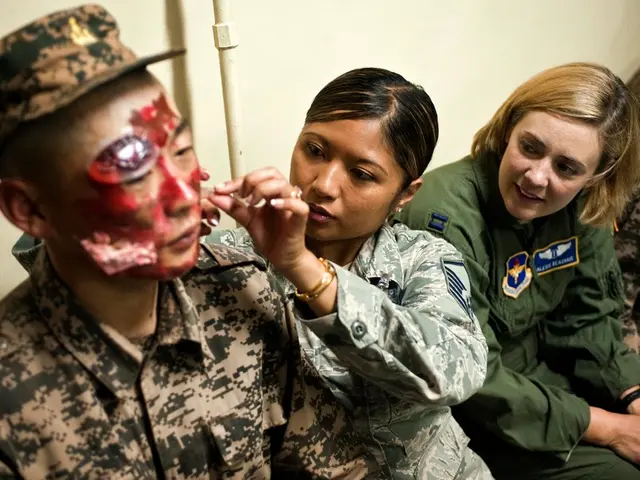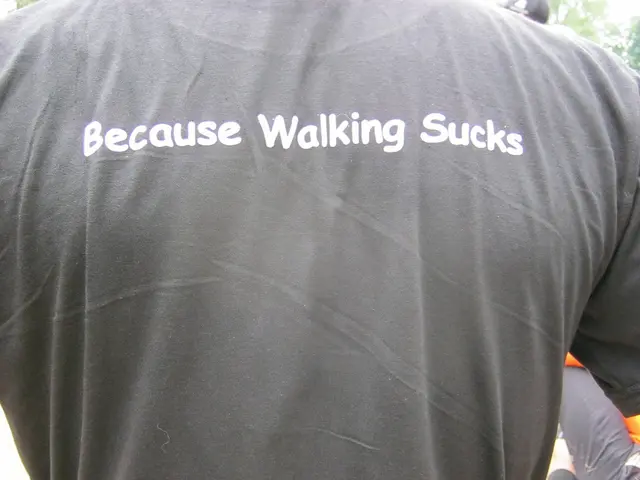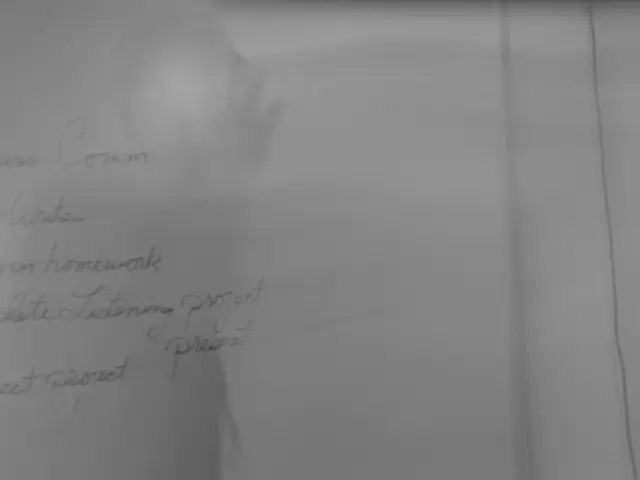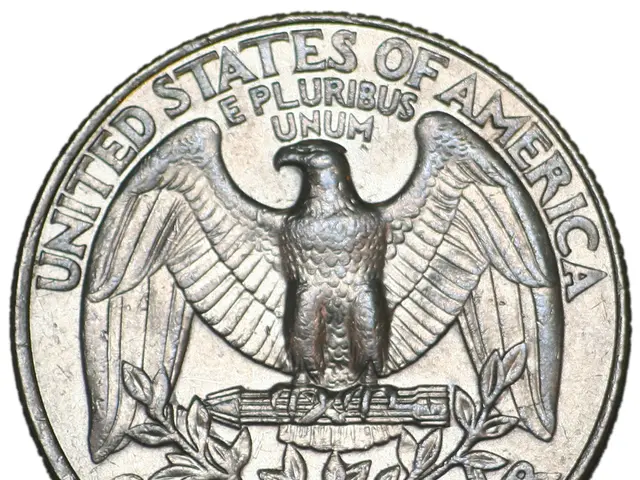Understanding Rhinoplasty Simplified: A Guide to Nose Jobs
Rhinoplasty, commonly known as a nose job, is a surgical procedure that has been performed for both cosmetic and reconstructive purposes since the 6th century BCE. This article aims to provide an overview of the reasons people opt for rhinoplasty, the process involved, and the benefits of the Piezotome technology used in the procedure.
People commonly choose rhinoplasty for a combination of cosmetic and functional reasons. On the cosmetic front, individuals may feel dissatisfied with the size, shape, or symmetry of their nose. Issues such as a hump or bump on the nasal bridge, a drooping or hooked nasal tip, large or wide nostrils, or an overall nose size disproportionate to the rest of the face can prompt a desire for change. Many seek to enhance facial harmony and balance by reshaping the nose.
Functional reasons often relate to breathing difficulties caused by structural problems such as a deviated septum or nasal blockages. Rhinoplasty can correct these conditions to improve airflow and relieve breathing problems.
Additional reasons for rhinoplasty include post-traumatic reconstruction after an injury or to correct deformities from previous surgeries, boosting self-confidence and self-image through improved nasal appearance and better facial balance, and fixing congenital defects or asymmetric features.
The Piezotome is an instrument used in rhinoplasty that utilizes ultrasonic technology to reshape bones with focused precision and zero soft tissue damage, speeding up recovery. Rhinoplasty is a relatively painless procedure with long-lasting anaesthesia.
The central cartilage in the nose is called the septal cartilage, while the major and minor alar cartilages make up the base of the nose. In a rhinoplasty for a wide nose, the nasal bones are broken and reshaped, and the alar cartilages may be resected or brought together.
To choose the right surgeon for rhinoplasty, it is recommended to find out how often and how many times they have performed the procedure, get referrals and testimonials about their work, and ensure they use state-of-the-art technology. A septoplasty is necessary when the septum is deviated and hinders normal breathing, and it involves straightening the septum by removing a bit of cartilage from the center.
The difference between rhinoplasty and septoplasty is that rhinoplasty addresses the shape of the nose, while septoplasty fixes a deviated septum without touching the shape of the nose. In a rhinoplasty for a sharper tip, the lower lateral cartilages are sharpened to give the nose definition. In a rhinoplasty for a hooked nose, the lower lateral cartilages are rotated upwards to remove the droopy look.
Rhinoplasty can effectively tackle each of these deformities, making it seem like the problem never existed. Reconstructive reasons for rhinoplasty include congenital deformities, deviated septum, saddle nose, hooked nose, dorsal hump, and nasal deformities caused by trauma. In a rhinoplasty for a saddle nose, a dorsal craft is used to fill the depression on the dorsum. In a rhinoplasty for a dorsal hump, the Piezotome is used to smooth the hump by gently removing it.
Dr. Rajat Gupta is a professional who specializes in rhinoplasty. The surgery itself is a daycare procedure, and the patient can resume their daily activities the next day. After the surgery, a splint or plaster is placed on the patient's nose, and the nasal orifices are packed with paraffin gauze for 24 - 48 hours. The patient may experience slight bleeding and needs to change the patch on their upper lip many times a day. The splint is removed after 7-9 days, and the bruising and swelling diminish in the next few days. The nose gets softer over a few months.
Temporary cons to a nose job include light bleeding, not being able to go out socially after surgery due to plaster on the nose, and discomfort. However, the benefits of improved appearance, breathing, and self-confidence often outweigh these temporary drawbacks.
- People undergo rhinoplasty for a combination of cosmetic reasons, such as reshaping their nose to improve facial harmony and balance, and functional reasons, like alleviating breathing difficulties caused by structural issues.
- The Piezotome technology used in rhinoplasty provides precise bone reshaping with minimal soft tissue damage, aiding in speedier recovery.
- Reconstructive rhinoplasty addresses various medical-conditions, including congenital deformities, deviated septum, and nasal deformities caused by trauma, by employing specialized techniques like using a dorsal craft for a saddle nose or the Piezotome for smoothing a dorsal hump.
- After a rhinoplasty procedure, one may experience temporary issues like light bleeding, social restrictions, and discomfort, yet the long-term benefits of health-and-wellness, improved appearance, and boosted self-confidence often surpass these short-term challenges.








